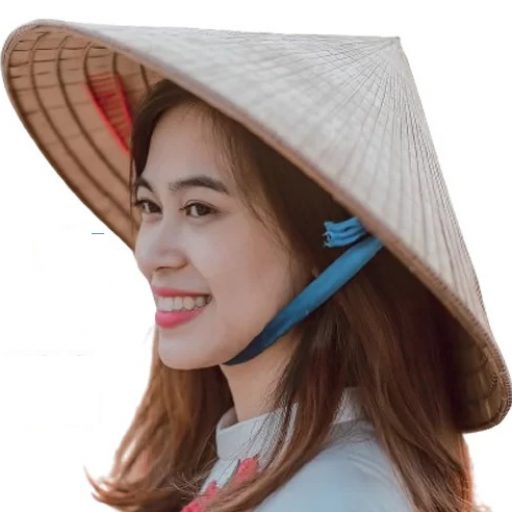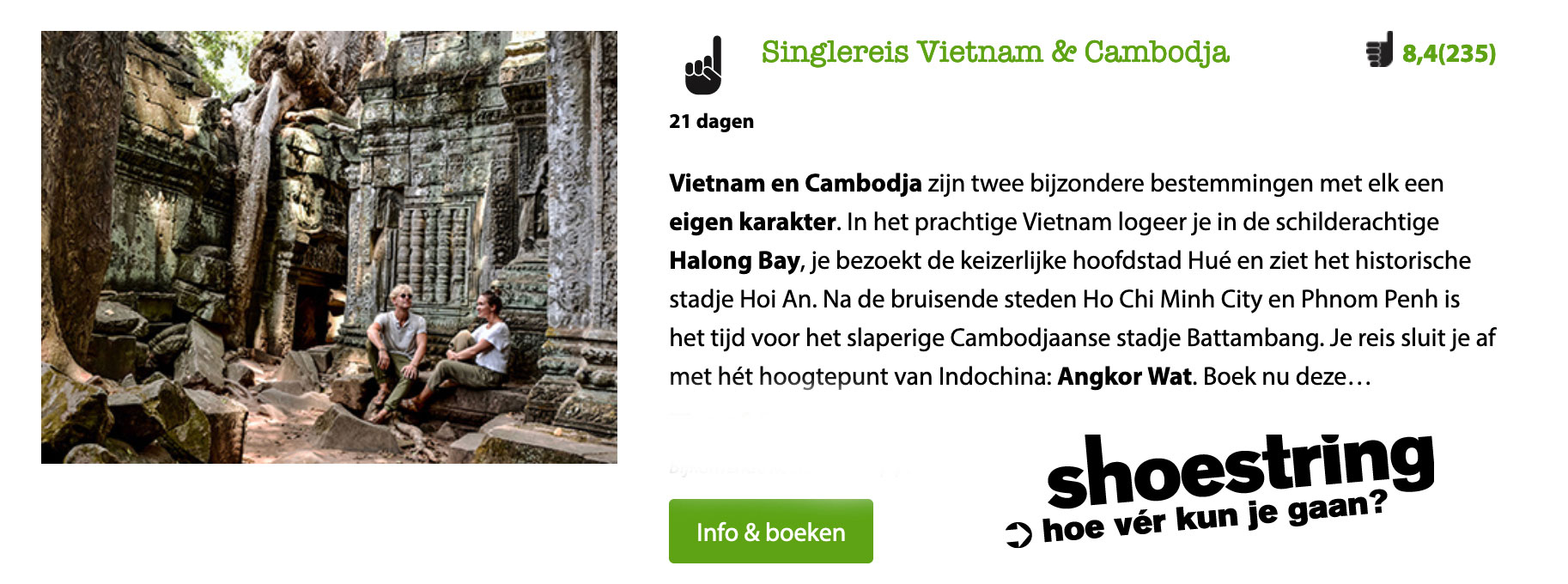Vietnam is a country rich in history and culture, and its symbols play a significant role in representing its heritage. From national emblems to traditional icons, these symbols hold deep meaning and reflect the values and traditions of the Vietnamese people.
National Flag
One of the most recognizable symbols of Vietnam is its national flag. The flag consists of a red background with a large yellow star in the center. The red color represents the bloodshed and sacrifices made by the Vietnamese people during their struggle for independence. The yellow star symbolizes the unity and strength of the nation.
Lotus Flower
The lotus flower is a powerful symbol in Vietnamese culture. It represents purity, enlightenment, and the ability to rise above obstacles. The lotus is often associated with Buddhism, which has a significant influence in Vietnam. The flower’s ability to grow and bloom in muddy waters is seen as a metaphor for the Vietnamese people’s resilience and determination.
Dragon
The dragon is a prominent symbol in Vietnamese folklore and mythology. It is believed to bring good luck, prosperity, and protection. Dragons are often depicted in various art forms, including paintings, sculptures, and traditional costumes. The dragon symbolizes power, strength, and the imperial heritage of Vietnam.
Áo Dài
The áo dài is the traditional Vietnamese dress for women. It is a symbol of elegance, grace, and femininity. The dress consists of a long, flowing tunic worn over loose-fitting pants. The áo dài is often worn on special occasions, such as weddings and festivals, and is considered a symbol of national identity.
Water Puppetry
Water puppetry is a unique form of traditional Vietnamese art. It originated in the Red River Delta region and has become a symbol of Vietnamese culture. Water puppet shows depict scenes from rural life, folklore, and historical events. The puppets are controlled by puppeteers who stand waist-deep in water, giving the illusion that the puppets are moving on the water’s surface.
Traditional Hat (Nón lá)
The nón lá, also known as the conical hat, is an iconic symbol of Vietnam. It is made from palm leaves and is worn by both men and women to protect against the sun and rain. The conical shape of the hat is not only functional but also represents the connection between heaven and earth. The nón lá is often associated with Vietnamese farmers and is a symbol of rural life.
Five-Pointed Star
The five-pointed star is another important symbol in Vietnam. It is often seen in various contexts, including the national flag and government emblems. The star represents the five main social classes in Vietnamese society: workers, peasants, intellectuals, soldiers, and businessmen. It symbolizes the unity and cooperation among these classes for the progress and development of the nation.
Conclusion
Vietnam symbols hold great significance in the country’s culture and history. From the national flag to traditional icons like the lotus flower and dragon, these symbols represent the values, traditions, and aspirations of the Vietnamese people. Whether it is the elegance of the áo dài or the unique art form of water puppetry, these symbols showcase the rich heritage of Vietnam. Understanding and appreciating these symbols can provide valuable insights into the country’s identity and its people.





